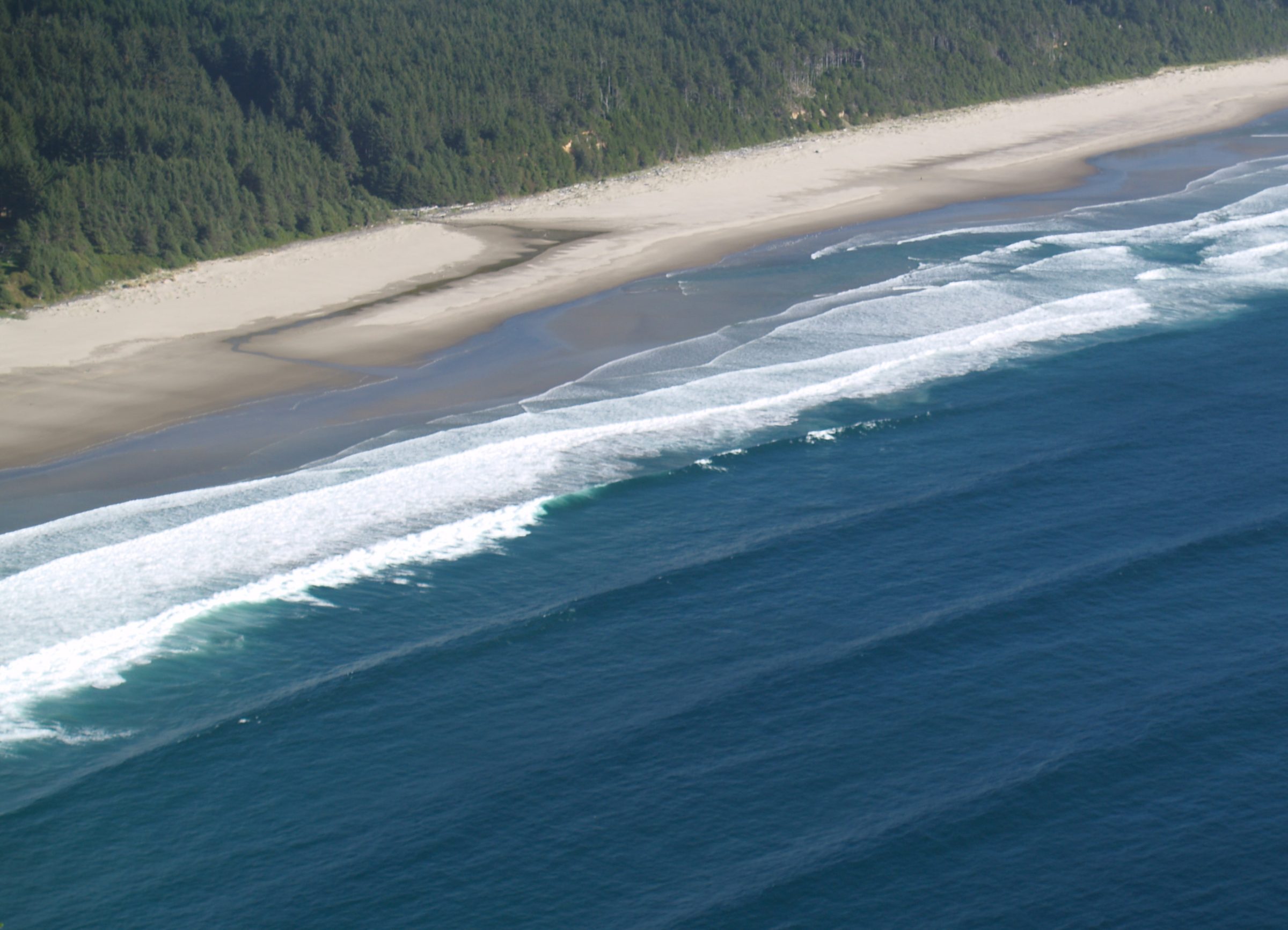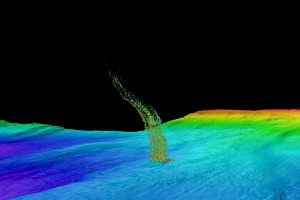The Research Vessel Thomas G. Thompson —UW’s 274-foot-ship capable of accessing the world’s oceans—provided a platform for research and a home to several oceanography students as they wrapped up their quarter’s research in mid-December. Sending scientific instruments overboard to capture and record all sorts of ocean data, the students blogged about their adventures along the west coast of Canada and shared what they learned.
Read more at UW Today »Philanthropy: Making a Difference
Private gifts and grants have an enormous impact on the lives of our students, faculty and programs. We thank every one of our supporters, be they individuals, corporations, private foundations, organizations or community partners. You help ensure that the College of the Environment and all of its exceptional schools, departments, centers, programs and people, remain and grow as national and global leaders in education, research and outreach across a broad array of environmental fields.
Read more »Meet Lauren Brandkamp, Oceanography alum
Snorkeling crystal clear waters over nurseries of young sharks, starlit kayaking to gather ocean water, collecting and growing coral…not your typical day job. So how did College of the Environment graduate Lauren Brandkamp, who grew up among the wheat fields and horses of eastern Washington, find herself working as a scientist-in-residence on a tiny island in the South Pacific? “I ask myself that question too,” said Brandkamp.
Read more »Dean's Letter: To what end?
As Dean I am often asked to explain the importance of the College of the Environment in simple, accessible language to the public—the proverbial “elevator speech.” In my first year as Dean I often described the size and scope of the College. And, in truth, it’s impressive: the biggest college of the environment in the United States, with $115 million in externally-funded research taking place on all seven continents and in each of the world’s oceans.
Read more »Warmer Pacific Ocean could release millions of tons of seafloor methane
Off the West Coast of the United States, methane gas is trapped in frozen layers below the seafloor. New research from the University of Washington shows that water at intermediate depths is warming enough to cause these carbon deposits to melt, releasing methane into the sediments and surrounding water. Researchers found that water off the coast of Washington is gradually warming at a depth of 500 meters, about a third of a mile down.
Read more at UW Today »




